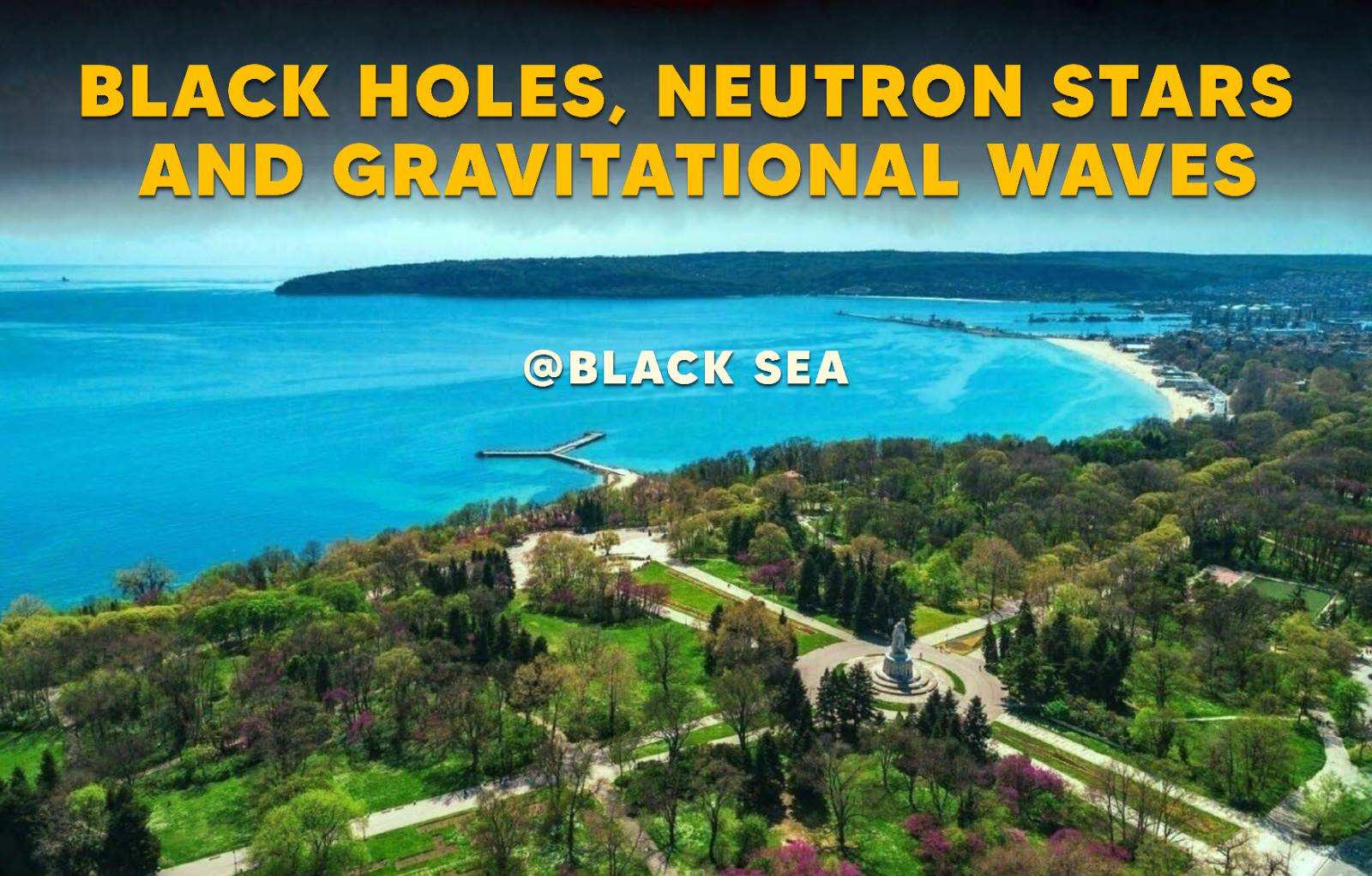Speaker
Description
In this study, we explore cosmological models within the framework of ( f(T) ) gravity by utilizing the energy-momentum tensor for a perfect fluid to solve the corresponding field equations. We derive key cosmological parameters, including the Hubble parameter ( H ). Parameter constraints were applied using the ( R^2 ) test, resulting in best-fit values of ( \beta = 108.51^{+0.41}{-0.40} ) and ( \xi_1 = -0.14717^{+0.00094}{-0.00096} ), with a strong alignment with the (\Lambda)CDM model (( R^2 = 0.9280 ); RMSE = 11.4068). The deceleration parameter, calculated in terms of cosmic time and redshift, indicates a transition from deceleration to acceleration, consistent with current observations of an accelerating universe. Additionally, we examined the pressure ( p ), energy density ( \rho ), and equation of state parameter ( \omega ) for two specific models: Model-I for ( f(T) = \lambda T ) and Model-II for ( f(T) = T + \beta T^2 ). The Om diagnostic plotted against redshift for ( \xi_1 ) shows that ( \Omega(z) ) stabilizes around ( 0.3 ) after a slight deviation at ( z \approx 0 ), with a narrow uncertainty band. The model closely aligns with (\Lambda)CDM at higher redshifts. The pair of statefinder diagnostics ( r ) vs. ( s ) is also discussed, and our model for ( (r,s)=(1,0) ) represents the (\Lambda)CDM model.

